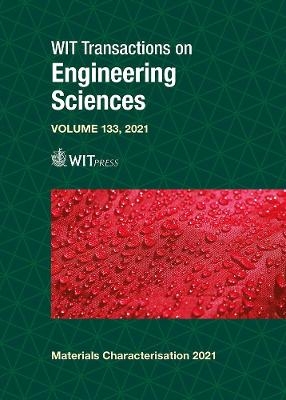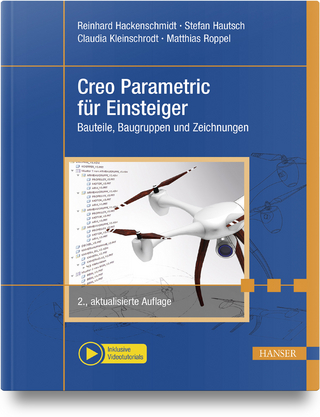
Materials and Contact Characterisation X
WIT Press (Verlag)
9781784664374 (ISBN)
The demand for high-quality production for both industry and consumers has led to rapid developments in materials science and engineering. This requires the characterisation of the properties of the materials.
Of particular interest to industry and society is the knowledge of the surface treatment and contact mechanics of these materials to determine the in-service behaviour of components subject to contact conditions. Modern society requires systems that operate at conditions that use resources effectively. In terms of components durability, the understanding of surface engineering wear frictional and lubrication dynamics has never been so important.
Current research is focussed on modifications technologies that can increase the surface durability of materials. The characteristics of the system reveal which surface engineering methods should be chosen and as a consequence, it is essential to study the combination of surface treatment and contact mechanics.
Combinations of different experimental techniques as well as computer simulation methods are essential to achieve a proper analysis. A very wide range of materials, starting with metals through polymers and semiconductors to composites, necessitates a whole spectrum of characteristic experimental techniques and research methods.
Topics covered include: Experimental and measurement techniques; Mechanical testing and characterisation; Composites; Characterisation at multiple scales; Corrosion and erosion; Damage, fatigue and fracture; Recycled and reclaimed materials; Emerging materials and processing technology; Materials for energy systems; Contact mechanics; Coatings and surface treatments; Tribology and design; Biomechanical characterisation and applications; Residual stresses; Polymers and plastics; Computational methods and simulation; Biological materials; Evaluation and material processing.
Section 1: Mechanical testing and characterisation
Mouth-like cracking in a high-strength multiphase steel and its relationship to fracture toughness; Critical planes criteria applied to gear teeth: Which one is the most appropriate to characterize crack propagation?; Structural modelling of multilayer skis with an open source FEM software; Bending fatigue strength of small size 2 mm module gears; Short-term outdoor exposure effects on cotton fabric abrasion properties; Toward understanding large deflection bending of 3D printed NinjaFlex®; Numerical and material modelling for the development of a new device for the treatment of induratio penis plastica
Section 2: Recycled and reclaimed materials
Treatment and reuse of ash from municipal solid waste incineration; Use of polyethylene as a feedstock for value added product recovery: Wax recovery from pyrolysis; Thermal and fire behaviour of cement blocks with recycled roof wastes; Pyrolysis of end of life tyres reclaimed from lorry trucks: Part I – Oil recovery and characterisation; Pyrolysis of end of life tyres reclaimed from lorry trucks: Part II – Analysis of recovered char
Section 3: Emerging and green materials
Enhanced physical properties of nanocellulose fiber-reinforced green composites; Comparison of biomasses as adsorbent materials for phenol removal; Coatings and surface treatment effects on sound quality in concert halls: A case study of the Bibliotheca Alexandrina Conference Hall, Egypt; Design and smart textile materials;
Wastewater matter: From algae to bio-algae plastic 3D printed façade element; Tin(II)-containing fluoride ion conductors: How tin multiplies the fluoride ion conduction by up to three orders of magnitude
| Erscheinungsdatum | 02.09.2021 |
|---|---|
| Reihe/Serie | WIT Transactions on Engineering Sciences ; 133 |
| Verlagsort | Southampton |
| Sprache | englisch |
| Maße | 178 x 254 mm |
| Themenwelt | Informatik ► Weitere Themen ► CAD-Programme |
| Technik ► Maschinenbau | |
| ISBN-13 | 9781784664374 / 9781784664374 |
| Zustand | Neuware |
| Informationen gemäß Produktsicherheitsverordnung (GPSR) | |
| Haben Sie eine Frage zum Produkt? |
aus dem Bereich


